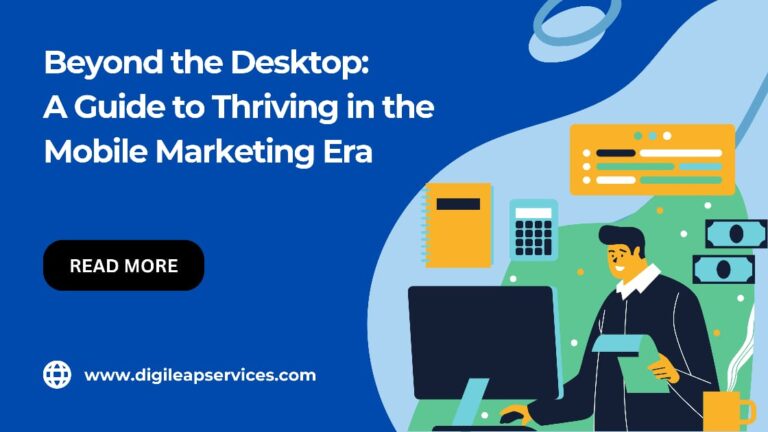Online Content analysis: How to do a Content Audit
A content audit entails reviewing your website’s content and rating its relative strengths and weaknesses to prioritize future marketing initiatives. It is a qualitative review and evaluation based on predetermined KPIs (Key Performance Indicators). This procedure should not be mistaken for a content inventory, which is essentially a tally of all these various assets. In other terms, it is a numerical collection. Although a content inventory is required as part of the audit process, the audit itself is significantly more comprehensive. Content inventories may be made simple with the Content Analysis Tool (CAT). The rest of the journey becomes much easier when you get off to a good start.
There could be any number of causes. There is no one right way to perform a content audit; the steps you’ll take will depend on why you’re doing it in the first place.
Content audits are mainly performed for two key reasons:
SEO: – Conducting a content audit for SEO purposes allows you to identify any areas of your site’s search engine optimization that need improvement. You should be able to determine what changes need to be made to improve your site’s natural search performance by cataloging the various keywords, word counts, optimized images, and other elements that are associated with each content asset on your site and comparing them to your current page rankings. And because organic search drives most of the traffic to your website, this is a critical business exercise that you should perform at least once a year.
Content Marketing: – Assessing the present state of your content marketing initiatives is another excellent reason to do a content audit. Instead of focusing on-page optimization aspects, you’ll look at things like page length, visit data, and social shares to see how your audience reacts to each piece of content you’ve published.
There’s no reason why you can’t do both. It’s simple to jot down your content marketing statistics as you search through your SEO stats. Or perhaps you’re approaching your content audit from a slightly different angle. In any event, being clear about your intentions ahead of time will assist to speed up the process and reduce unnecessary work. Before you begin, consider why you are doing what you are doing.
A good content audit takes time to complete. If you’re already overburdened with other obligations, taking on such a large endeavor may not be the best use of your time or energy. If you don’t have the necessary resources, it’s best to postpone it till you have. That being stated, there are several approaches to a content audit. We’ll provide both a full step-by-step audit and a rapid high-impact method in this article. If you don’t have the time or resources to conduct a full content audit, the shorter version will help you focus your efforts.
Before you begin, consider why you’re performing a content audit in the first place. If you aren’t going to act on the data generated by the audit, you might as well forgo the procedure entirely. Auditing just for the sake of auditing is a wastage of time and resources.
Any of the following are possible content audit objectives. Others that aren’t on this list may come to mind, and you’ll probably have more than one in mind as you go through it.
• Determine how to boost organic search performance.
• Determine which previous content marketing efforts fared the best.
• Determine which content subjects appear to be popular with your target audience.
• Find gaps in the content you’ve provided; for each level of your sales funnel.
• Find pages that should be consolidated due to redundant content. Highlight pages with high impressions but low conversions.
• Develop concepts for future content items.
• Remove content that no longer represents your company, niche, or corporate culture.
When it comes down to it, a content audit isn’t just a one-time event that happens now and then. It’s a mindset that should be applied to your website content and other marketing platforms. By thoroughly inventorying your existing material and analyzing the data for each item, you can make smart marketing decisions that will help you save time, decrease expenses, expand your brand, and enhance your total advertising ROI.












